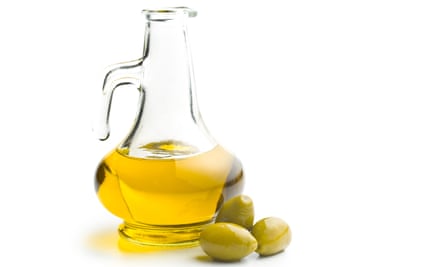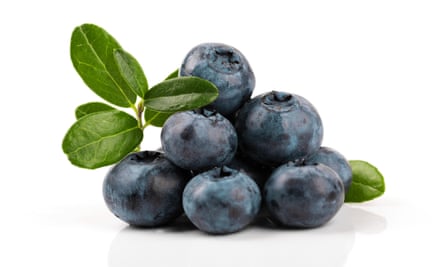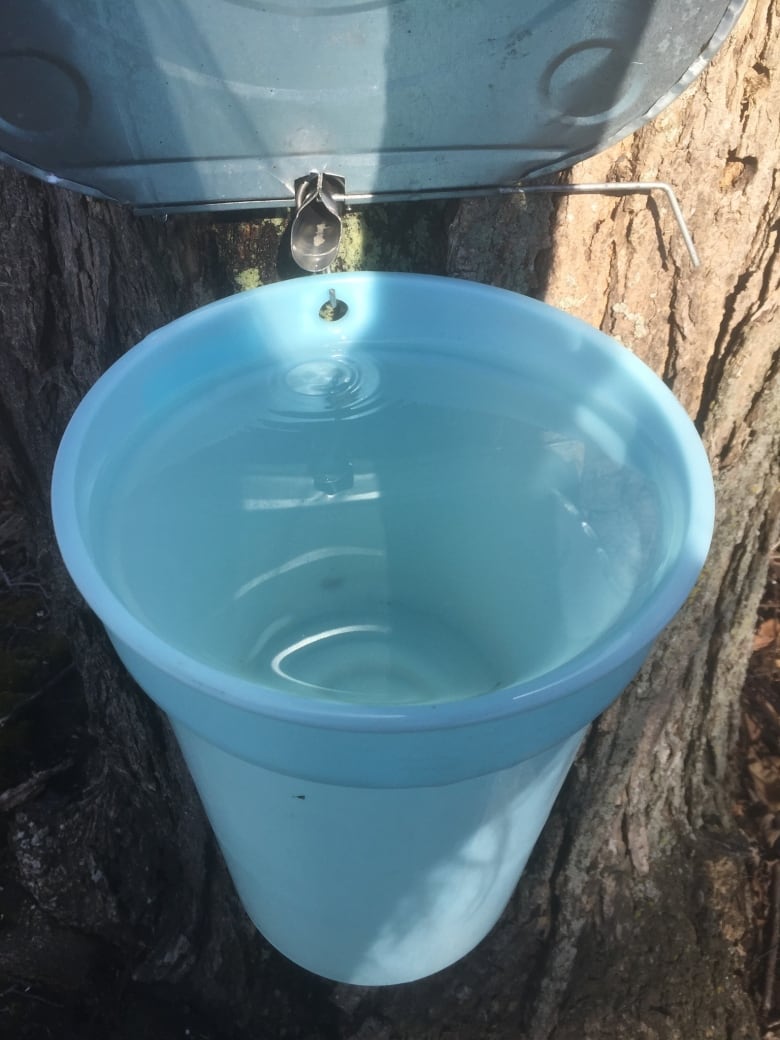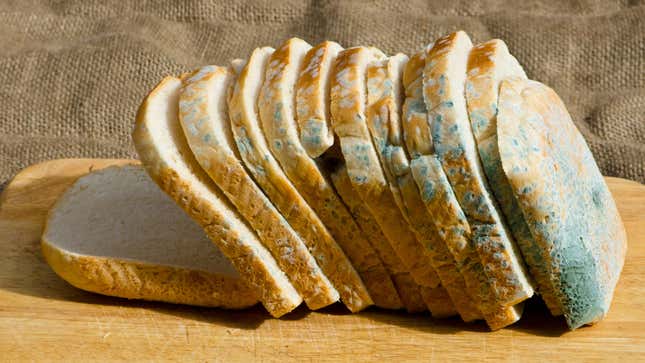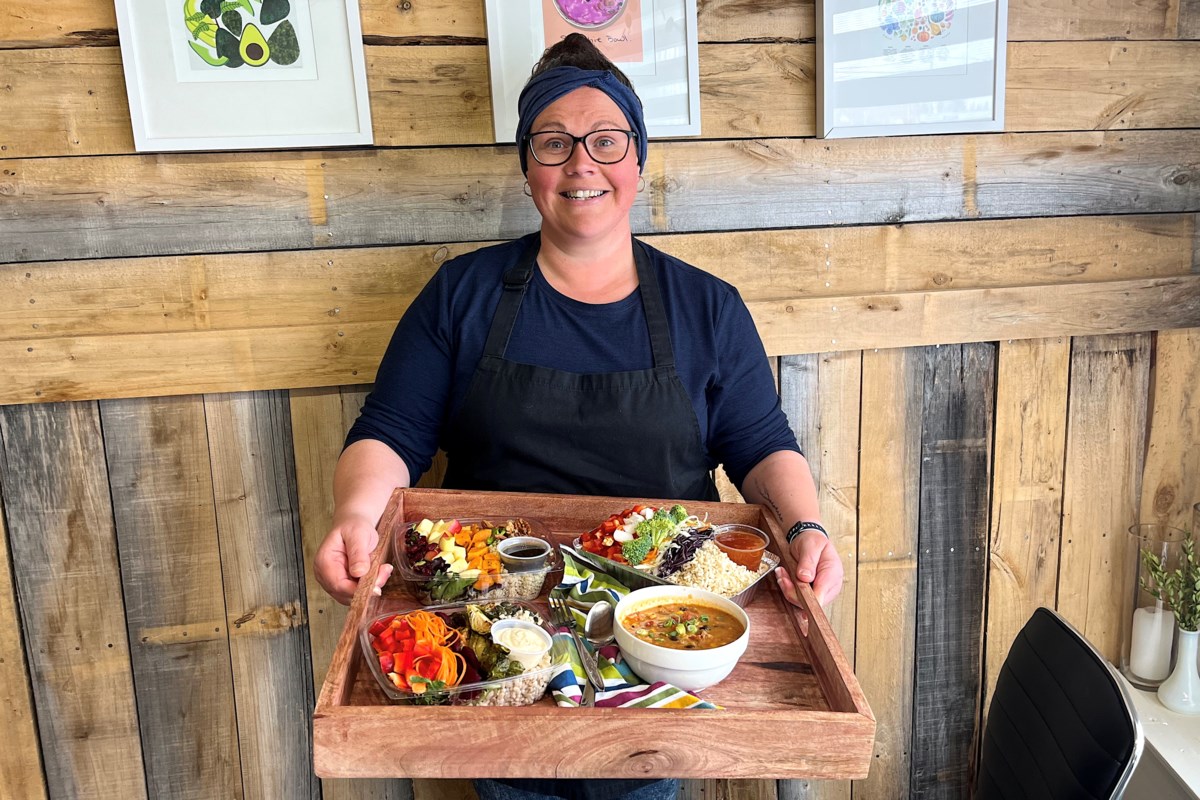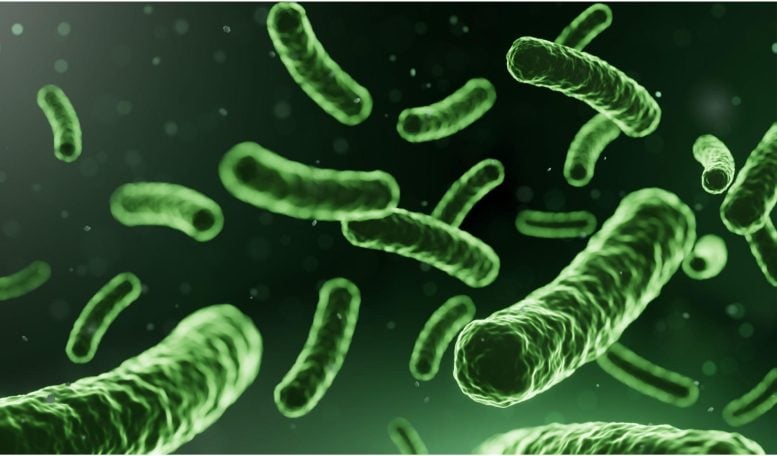“What do we want to do with so much of development? It is needed for the growth of country’s GDP (Gross Domestic Product). But development should be people-centric too,” said Manish Choriya, one of the several villagers of Mahuva taluka of Bhavnagar district, who attended an “environmental hearing” organised by the Gujarat Pollution Control Board (GPCB) for the three proposed limestone mining projects of Nirma Limited coming up in the area.
Manish, sporting a red-shirt, was one of the many villagers who vehemently opposed the projects during the hearing conducted under the chairmanship of Bhavnagar district Collector R K Mehta. The projects are expected to affect 1,16,055 people in seven villages.
“The attempt should be to see that human lives are not adversely affected. You said there are no elephants or tigers in this region. But are you not able to see humans. For all those who can hear us from here today, this is our world and we are happy in it. We do not want any other form of success. This land is everything for us and we are happy with it,” Manish said, as he was cheered on by fellow villagers at Padharika village – one of the seven “affected” villages.
The villagers who spoke during the hearing not only remembered the agitation they had held against Nirma Limited’s proposed plant in Doliya village – now part of the limestone mining project – in 2008 but also expressed concern that the mining projects will destroy the natural limestone barrier that protects the villages against salinity ingress. They said that the mining will turn the underground water saline and adversely affect the annual three-crop cycle of farmers, who will be forced to migrate.
The proposed mines, spread over 1,600 hectare, are located adjacent to each other in Mahuva taluka.
A partly-built 1.91 million tonne per annum cement plant of Nirma that had seen protests nearly 12 years ago — located less than a kilometer from the sea shore — could be seen from Padharika village, which was the venue of the GPCB hearing.
 Some of the villagers even went ahead and reminded Gujarat government officials of the targets set by BJP governments at Centre and state with regard to milk and crop production. (Express Photo)
Some of the villagers even went ahead and reminded Gujarat government officials of the targets set by BJP governments at Centre and state with regard to milk and crop production. (Express Photo)
Officials of the company present at the meeting clarified that when Nirma had proposed to set up a cement plant at Doliya village in 2008, the Gujarat government had given the Letter of Intent for three limestone mines spread over 3,400 hectare. This was reduced to 1,600 hectares in 2017.
Advertisement
Between 2008 and 2011, the company’s cement plant faced agitation from farmers in Mahuva. The agitation then was led by BJP MLA Kanu Kalsaria, who undertook a 350-km-long padyatra from Doliya village to Gandhinagar in 2011 along with 5,000 farmers.
The project was challenged in the Gujarat High Court and then in the Supreme Court. The environmental clearance given to the cement plant was revoked by Union environment ministry in December 2011 after it observed that the plant site was a wetland.
In 2015, the National Green Tribunal set aside the revocation of the environmental clearance to the cement plant – a decision that was subsequently challenged in the SC and remains sub-judice till date.
Advertisement
The GPCB meeting on Friday also faced opposition from local BJP leaders. Mohan Makwana, who identified himself as ‘Mandal Adhayaksh’ (person in charge of Assembly constituency) of BJP at Mahuva, said: “The people and farmers are completely opposed to the projects. Not a single person is ready to give their land. There are three big wetlands in this area. Once mining starts, these wetlands will be destroyed.”
“Why is the company lying that nothing grows in the soil here? Please come to my farm and see the standing bajra crop. Nirma will finally end up producing cement. But can we all eat cement? You all (company and government officials) are also sitting here. Can you eat cement?” asked Khimji Bariya, as the crowd consisting of a large number of women broke into laughter.
Some of the officials present also could not resist a smile, as A J Rathod, Regional Officer of GPCB intervened, restored order, and told Bariya that his complaint has been recorded.
Some of the villagers even went ahead and reminded Gujarat government officials of the targets set by BJP governments at Centre and state with regard to milk and crop production. “Prime Minister Narendra Modi has declared this year as the millet year. The head of Mahuva APMC has sent a sample of bajra grown in our region to the United States. One mun (20 kg) of bajra fetches Rs 1,200. It would be great if the government helps in stopping the mining projects and helps in promoting agriculture. This will ensure that families from this region do not become migrants,” said Jashu Makwana, a young farmer.
“I am fully against mining. It might be true that industries bring in prosperity. We do not want those pleasures of life. We fully boycott the projects,” he added.
Advertisement
Vishwas Rathwa (22), deputy sarpanch of Dhudheri village, was among those who spoke against the projects. Rathwa also asked the audience for a show of hands to impress upon the officials present about their opposition.
On Friday, the hearing for the three mines we held in Vangar, Madhiya, Padhiarka, Doliya, Gujarda, Dhudheri and Dhudhala villages. During the hearing for Padharika and Doliya village, there was not a single voice in support for the projects.
Advertisement
Suraj Kasabhai Bhil of Doliya village said, “Around 70-80 per cent of the people in my village are connected to animal husbandry. There are no gauchar in our village and the government has given its wasteland for mining projects. Shouldn’t those engaging in animal husbandry be prioritised over industrialists for waste land? This land should be given for gauchar and not for mining.”
Tejal Patel, who handles environment issues for Nirma, gave a presentation about the projects to the villagers. “The company is setting up a cement plant at Padhiarka village, which is in Mahuva taluka. The soda ash plant of company is also in Bhavnagar district,” Patel said while introducing the company.
As Nirma returns to villages in Mahuva, ‘can we eat cement’, ask residents - The Indian Express
Read More

